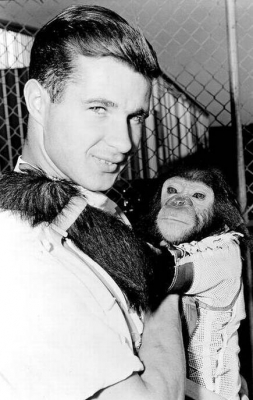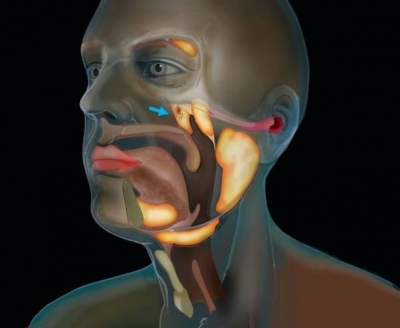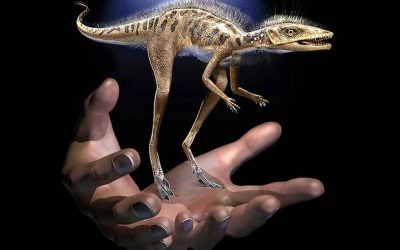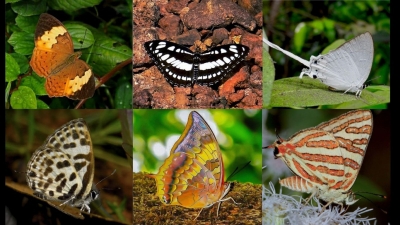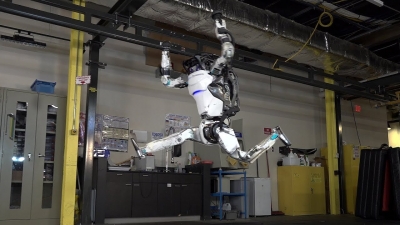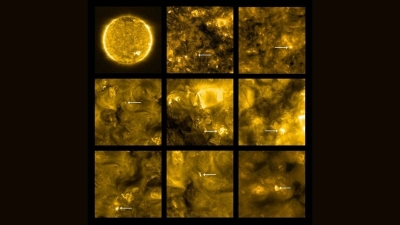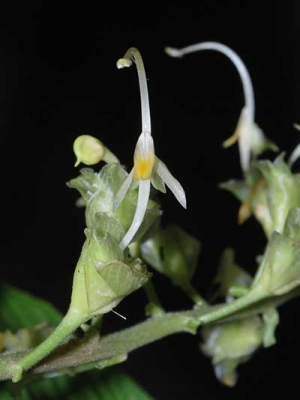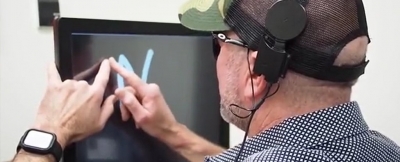Why was the transit of Venus important?
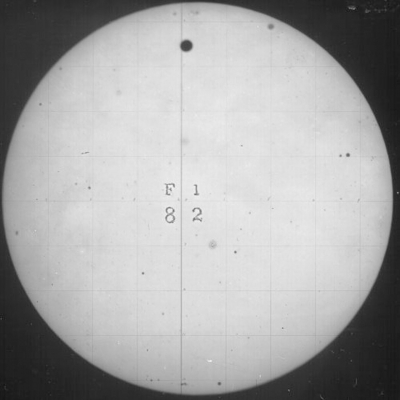
In 1869, Scientific American – a popular science magazine and now the oldest continuously published monthly in the U.S. – had an article titled The Transits of Venus in 1874 and 1882. As you might now, they expected readers back then to find the article premature as it concerned events years before they were to happen. In fact, they started out by saying just that, before adding that these transits were generally seen as the greatest astronomical events of the century in which they occur and it was their duty to explain why.
Transits occur when inferior planets – those planets whose orbits lie entirely between the sun and the Earth – pass between Earth and sun so that it appears as a round, dark spot on the sun for viewers from Earth. It is similar to the solar and lunar eclipses, but happens when either Mercury or Venus pass between Earth and sun.
Occur in pairs
Thanks to British astronomer Jeremiah Horrocks, it was known that Venus transits occur in pairs. He died at the tender age of 22 in the 17th Century, but he was able to establish that the transit of Venus occurs in pairs that are separated by eight years. This means that if there is one transit of Venus that occurs in a year, the next one would take place eight years later. The one after this pair, however, would happen more than a century later (either about 105 or 121 years later).
Horrocks’ observation of the Venus transit of 1639, following that in 1631, was the first of the phenomena of any notable record. By the end of that century and the start of the next, British astronomer Edmond Halley proposed and called attention to a method that would utilise transits to determine the solar parallax (the angle subtended by the Earth’s radius as viewed from the sun). The parallax of the sun could then be used to determine the distance between Earth and sun – what we now call as the astronomical unit.
Determine solar parallax
As Halley strongly believed that the transits provided an ideal setting to determine this distance accurately, there was renewed interest around the phenomena. So much so that the Venus transits of 1761 and 1769 were the biggest coordinated scientific undertakings ever done till then. Despite this, and the advancements made in telescopes, photography and time-keeping devices before the transit of Venus in 1874, the observations and results produced were far from satisfactory.
Knowing fully well that the next transit of Venus after 1882 was over a century away, the astronomy community worldwide geared into action. Many expeditions were planned and quite a few were approved and financed.
By this time, however, the real urgency to determine solar parallax using transits were gone. Other techniques that were independent of rare transits were now able to provide these values that were as good as, or even better, those arrived at using transit observations.
Todd’s take
Many astronomers still travelled to varied sites and observed the transit of Venus on December 6, 1882. Among them was American astronomer David Peck Todd, who travelled to California and photographed the phenomenon from the summit of Mount Hamilton using a good quality solar photographic telescope.
With perfect skies accompanying the transit of Venus from where he viewed it, Todd made exposures at two-minute intervals for nearly four-and-half hours. With that, Todd was able to capture it in a superb series of plates. But with interest in its utility waning off, the 147 glass negatives were carefully stored in the mountain vault.
They lay there untouched for over a hundred years as the 20th Century passed without another Venus transit. And just as people started looking forward to the first transit of Venus in the 21st Century, Anthony Misch and William Sheehan – two men interested in the history of astronomy – turned to the previous Venus transit.
Images reanimated
Spurred on by a reference in one of Todd’s letters, they found the 147 negatives, which were largely intact – thereby becoming one of the best historical records of the transits. With just a look at the images, Misch and Sheehan knew that they could reanimate Todd’s images using the technology at their disposal.
The result of their work was a movie that showed the Venus transit of 1882 and it premiered at the International Astronomical Union’s general assembly in Sydney in July 2003. The timing couldn’t have been better as the two Venus transits of the 21st Century took place in 2004 and 2012. The next pair is scheduled for 2117 and 2125.
Picture Credit : Google
